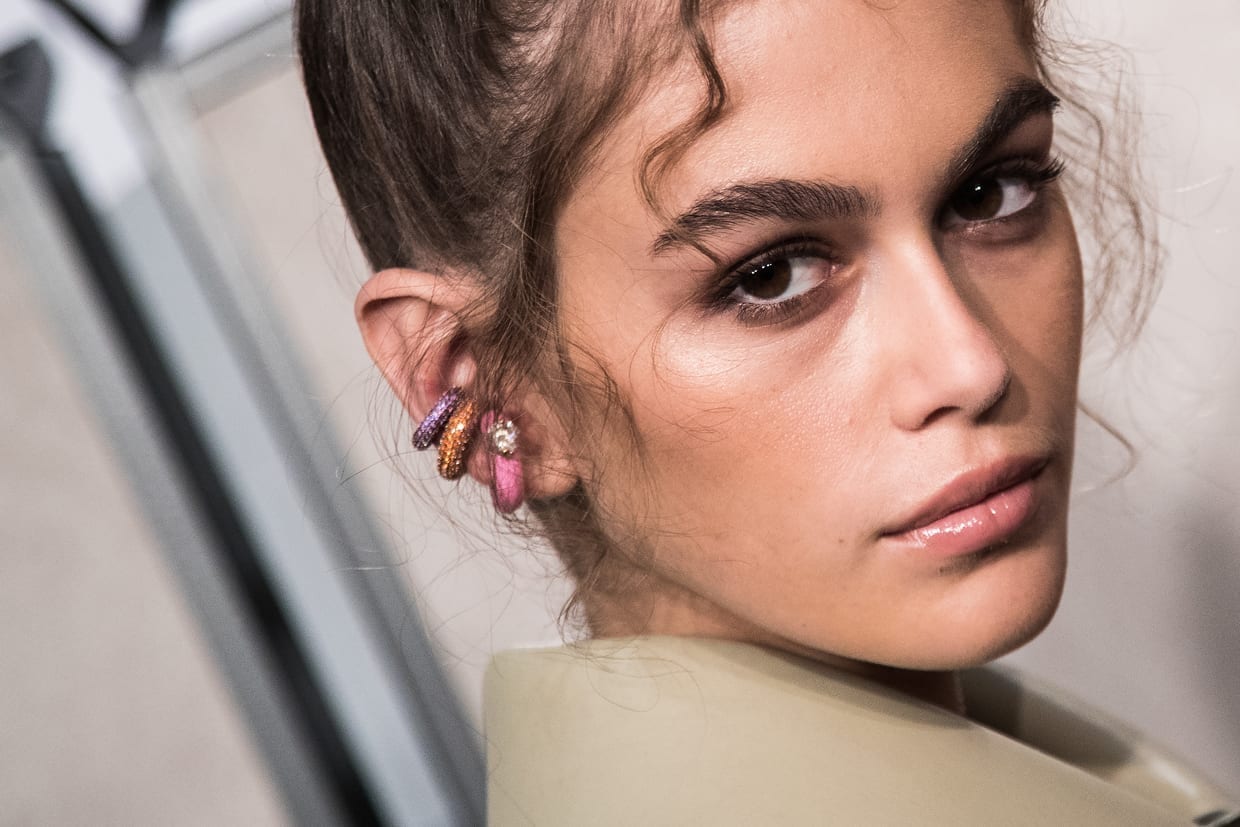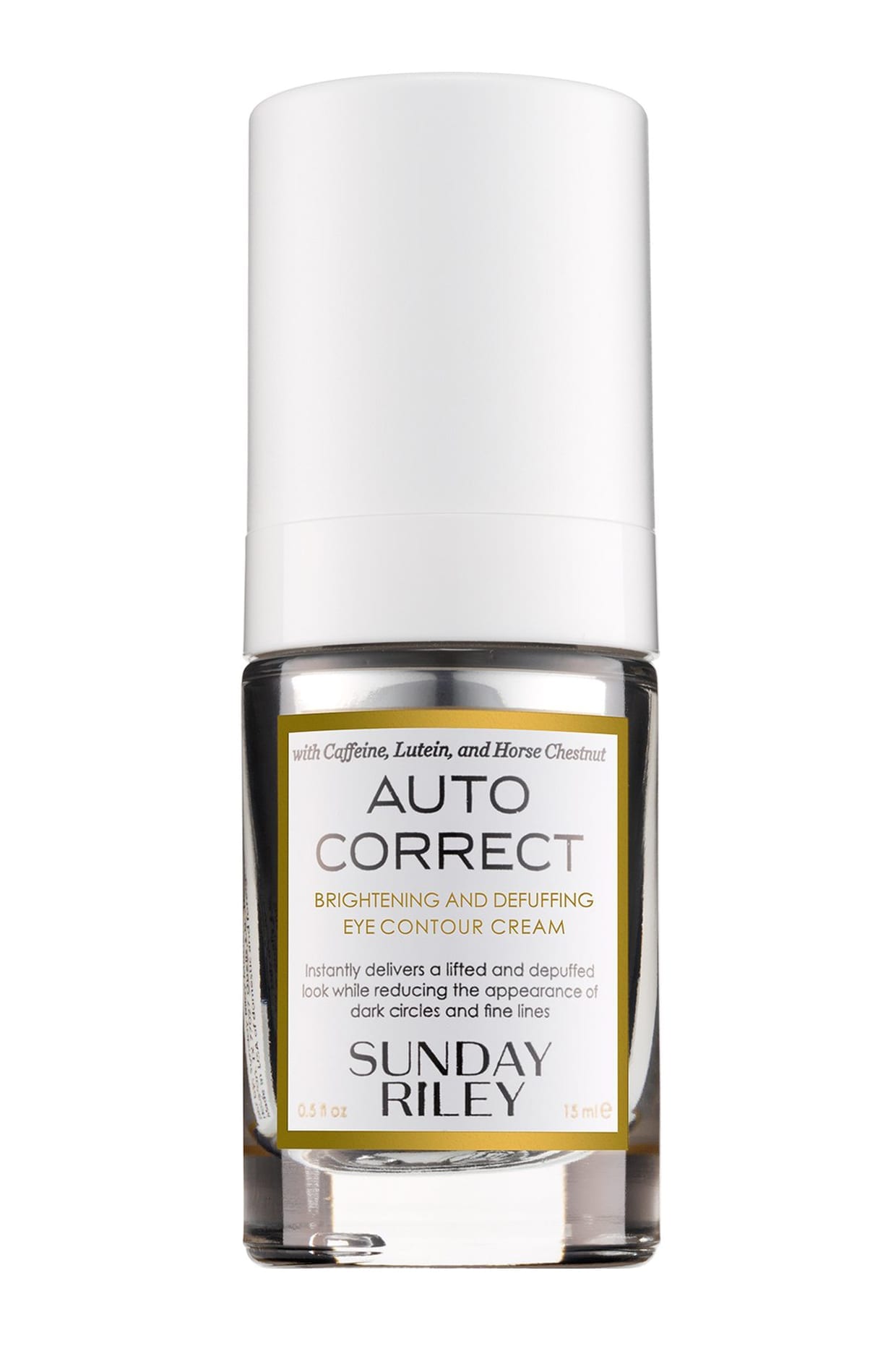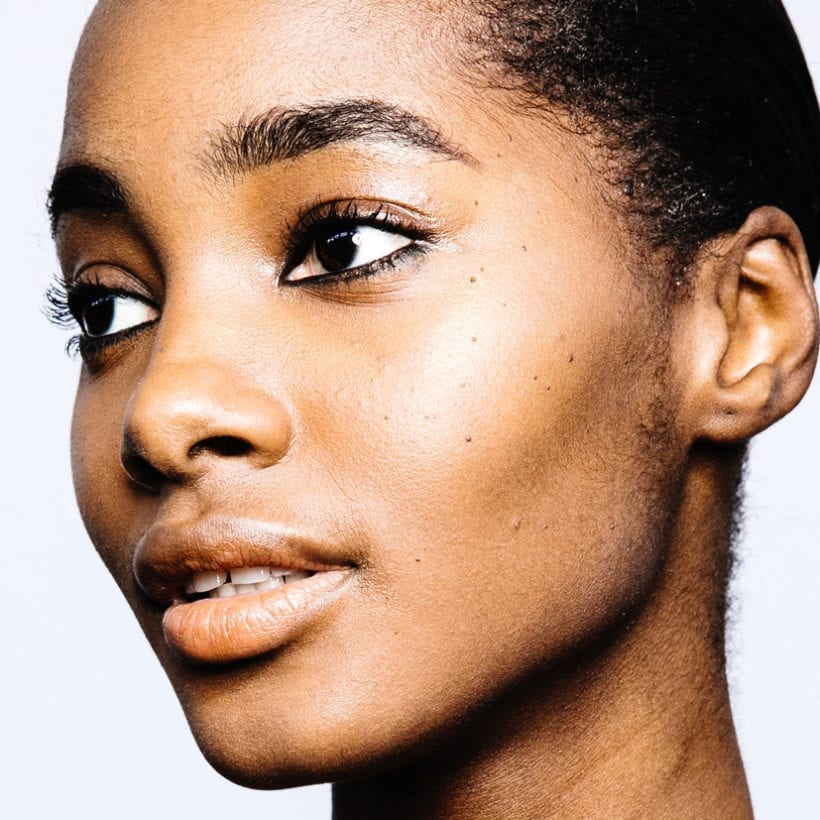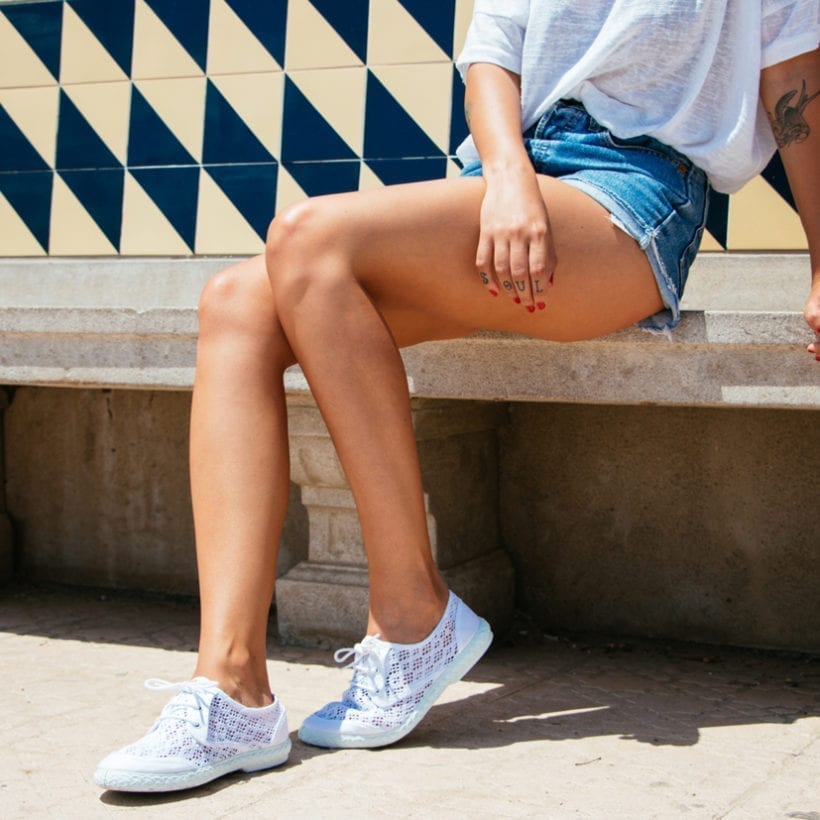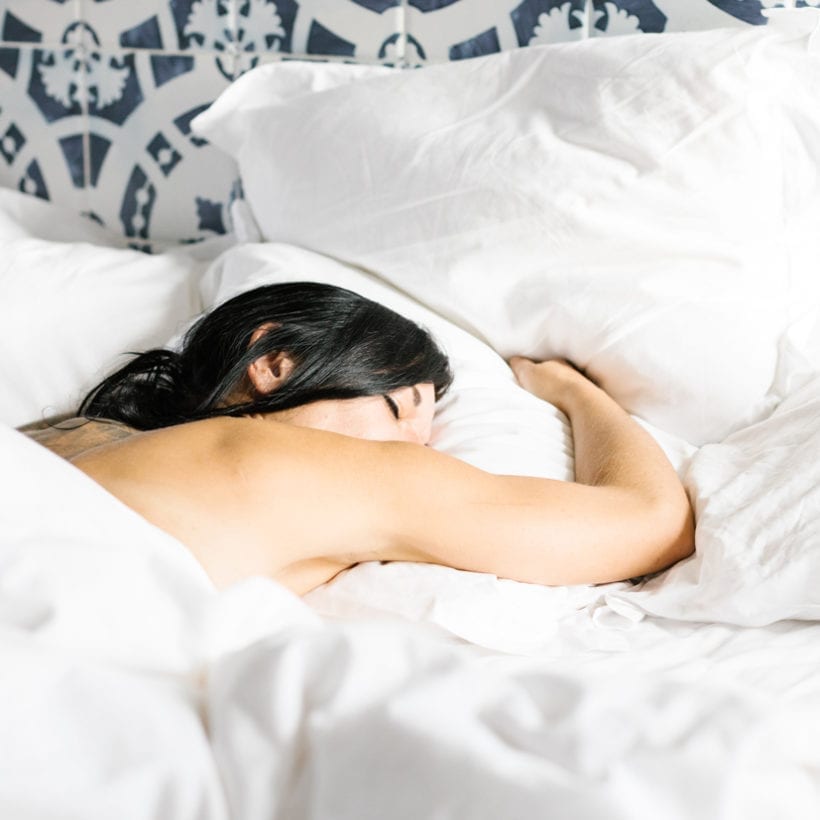Dark circles: one of the most common problems dermatologists see in their office, and one of the toughest issues to treat. Whether due to lack of sleep, dehydration or genetics, dark circles plague us all at some point in our lives — and dealing with them can be exhausting.
What are dark circles?
Dark circles under the eyes, also known as dark tear troughs, are far more common than you would think (or hope). The skin around the eyelid is extremely thin and delicate, which means it’s easy to irritate, especially if you are often wearing eye makeup. Lack of sleep and other factors are big influences as well, but there are actually a variety of reasons the dark circles under your eyes are getting worse.
What causes tear troughs and dark circles under eyes?
This is a question that might often come to your mind when peering at the dark rings beneath your eyes. Worry no longer! Read on to learn the variety of factors that might be contributing to this.
Genetics
Genetics plays a big role. “Hereditary under-eye circles are often vascular (dark purple) or pigmented (brown), but they can also have sunken tear troughs or under-eye bags,” says Kenneth Howe, M.D., board-certified dermatologist at Wexler Dermatology in New York City. According to Howe, a crowd of veins can also cause dark circles, and while it is normal for veins to be in this location, “the thinning of the skin (due to sun-damage or intrinsic aging) can make the underlying blood vessels more visible,” he explains.
Weight Fluctuations
When fat pads beneath the skin shrink, they can also cause discoloration under the eye. “This change often occurs due to fluctuations in body weight, with weight loss causing a disproportionate loss of facial volume, and the result being a deepened ‘tear trough,’” says Howe.
Sleep & Other Factors
“The tear trough darkens the under-eye area by literally throwing the site into shadow.” Howe also adds that a tan or brownish discoloration (i.e. pigmentation) can also cause dark under eyes, rather than visible veins or a deepened tear trough as the main culprit.
Under-eye puffiness is another occasional problem many of us face, whether it is swollen bags or accompanying dark circles. Under-eye puffiness is caused by swelling, which is an excess of water in the tissue. “Such fluid accumulates over a night’s sleep when the head is recumbent, and upon waking, the under-eye puffiness will be at its worst and will decrease over the course of the day, as our upright posture allows the fluid to drain,” says Howe. “Allergies such as hay fever, high sodium levels in our food and alcohol all can contribute to under-eye puffiness, too.”
Genetics aside, other factors contribute to dark circles under eyes — ones that, thankfully, we have more control over. “Dehydration, lack of sleep, allergies, nasal congestion, smoking and anemia also can contribute,” says Hadley King, M.D., a board-certified dermatologist in New York City. “The two most common causes of anemia are vitamin B12 deficiency and iron deficiency.”
How do you treat dark rings under eyes?
At-home remedies for dark circles under eyes
Under-eye bags love to stay chill, and a cool compress can cause the local blood vessels to constrict, lessening swelling and diminishing puffiness. “Eye creams with caffeine can also help constrict blood vessels and therefore reduce the amount of fluid accumulating,” says King. She also suggests to “drink more water, eat less salt and sleep propped up on a couple of pillows so the fluid does not all collect in the under-eye area.”
But what about dark circles? Eliminating dark circles can be tricky, especially if they are hereditary. King suggests a few things: Get plenty of sleep, keep hydrated, do not smoke, eat a well-balanced diet, and treat allergies with an oral antihistamine.
Medical treatments for dark rings under eyes
Howe is a fan of using hyaluronic acid fillers such as Restylane or Restylane Defyne — costing between $750-$1,200 (depending on where you live) — to treat sunken, dark tear troughs and diminish the appearance of blue-black circles by adding volume back to the face. “I would want an experienced injector to treat this area, as it’s prone to bruising and requires a precise touch,” he says. Fillers sometimes cause bruising, but the risk is minimized if a patient avoids aspirin, ibuprofen, vitamin E or any other blood thinners for five days prior to the treatment, according to Howe. The treatment can last from six months up to a year, depending on how fast your body dissolves the filler.
Of course, eye creams are a great option too, if you are already getting plenty of beauty sleep and do not want to go the filler route. “Eye products containing antioxidants may also be helpful … as the antioxidant interferes with the production of pigment and will, therefore, brighten dark circles, improve pigmentation and prevent free-radical damage from UV light exposure,” says King.
So what antioxidants and ingredients should you be on the lookout for? Lutein is an antioxidant found in leafy green vegetables and works to protect against free-radical damage and blue light. Additionally, ginseng root has been found to have protective effects against skin aging and is an effective ingredient in strengthening the skin under the eye and diminishing puffiness.
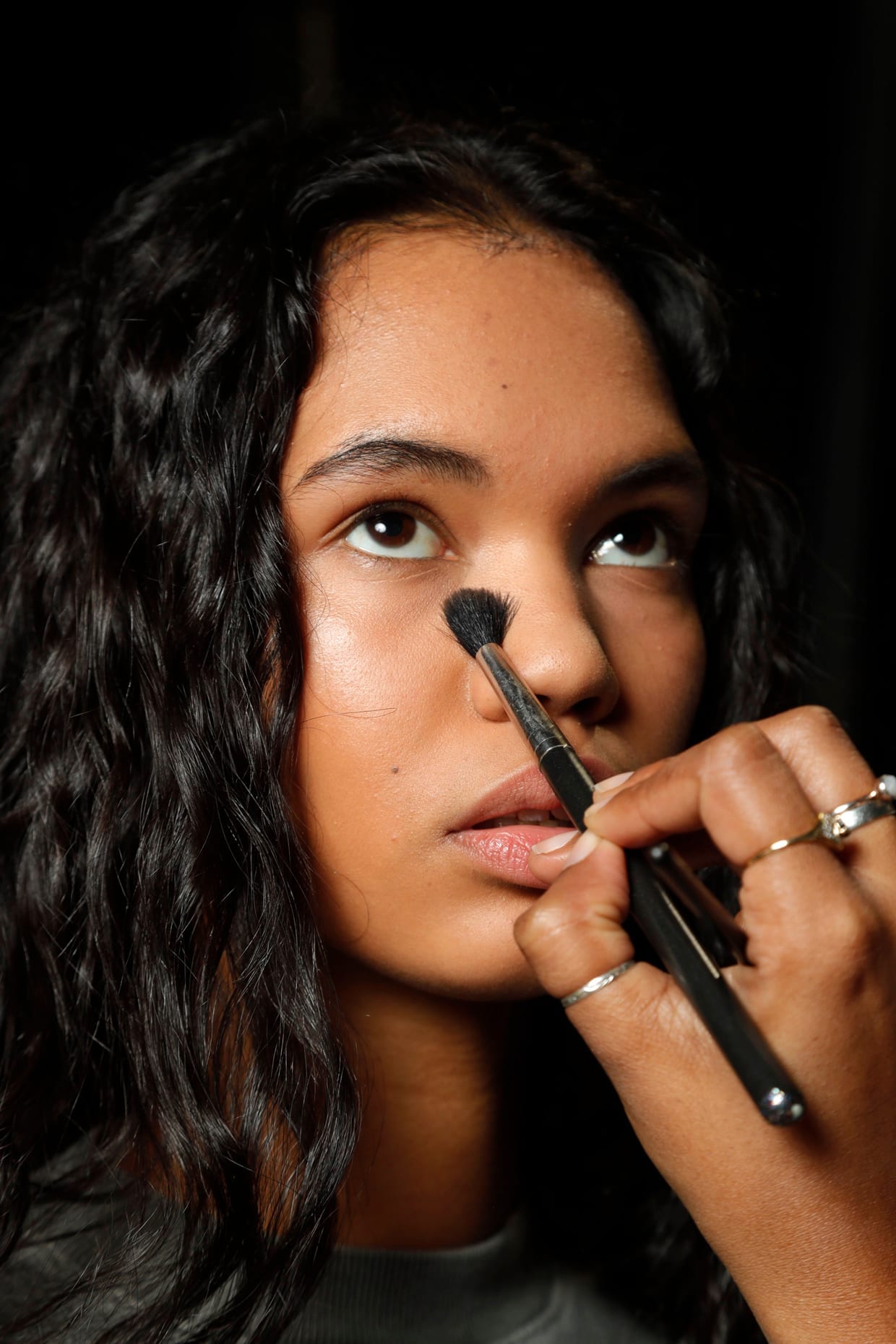
How do you hide dark circles under eyes?
It is harder to treat and prevent dark rings under eyes than it is to cover them up. King notes that many concealers that help reduce the appearance of under-eye circles have reflective materials (like mica) in them that reflect light and therefore decrease the dark appearance.
When choosing a concealer, it is important to understand that the color under your eye is usually a slightly different shade than the rest of your face. “Look for the same depth of color in more of a cool tone when searching for an under-eye concealer,” says Meredith Baraf, celebrity makeup artist.
First, start with a moisturized under-eye, and then use a thin liquid color corrector before applying your concealer. “Choose a peach or pink [color corrector], depending on your skin tone, then follow with your concealer and finishing powder that’s both light refracting and ensures long-wear,” says Baraf.
We only recommend products we have independently researched, tested and loved. If you purchase a product found through our links, Sunday Edit may earn an affiliate commission.
